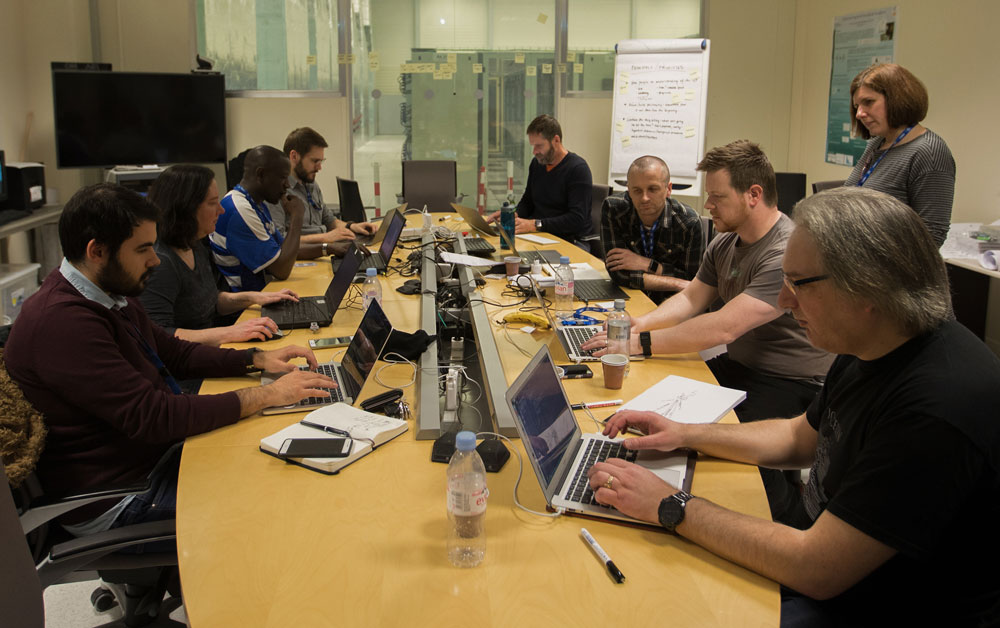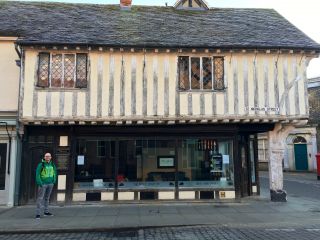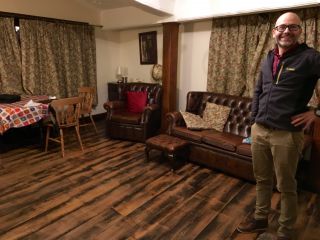Design sprints on the Clearleft podcast
The sixth episode of the Clearleft podcast is now live: design sprints!
It comes in at just under 24 minutes, which feels just about right to me. Once again, it’s a dive into one topic that asks “What is this?”, “What does this mean?”, and “Where did this come from?”
I could’ve invited just about any of the practitioners at Clearleft to join me on this one, but I setttled on Chris, who’s always erudite and sharp.
I also asked ex-Clearleftie Jerlyn to have a chat. You’ll notice that’s been a bit of theme on the Clearleft podcast; asking people who used to work at Clearleft to share their thoughts. I’d quite like to do at least an episode—maybe even a whole season—featuring ex-Clearlefties exclusively. So many great people have worked at the agency of the years, Jerlyn being a prime example.
I’d also like to do an episode some time with the regular contractors we’ve worked with at Clearleft. On this episode, I asked the super-smart Tom Prior to join me.
I recorded those three chats over the past couple of weeks. And it was kind of funny how there was, of course, a looming presence over the topic of design sprints: Jake Knapp. I had sent him an email too but I got an auto-responder saying that he was super busy and would take a while to respond. So I kind of mentally wrote it off.
I spent last week assembling and editing the podcast with the excellent contributions from Jerlyn, Chris, and Tom. But it did feel a bit like Waiting For Godot the way that Jake’s book was being constantly referenced.
Then, on the weekend, Godot showed up.
Jake said he’d have time for a chat on Wednesday. Aargh! That’s the release date for the podcast! I don’t suppose Monday would work?
Very graciously, Jake agreed to a Monday chat (at an ungodly early hour in his time zone). I got an excellent half hour of material straight from the horse’s mouth—a very excitable and fast-talking horse, too.
That left me with just a day to work the material into the episode! I felt like a journalist banging on the keyboard at midnight, ready to run into the printing room shouting “Stop the press!” …although I’m sure the truth is that nobody but me would notice if an episode were released a little late.
Anyway, it all got done in the end and I think it turned out pretty great!
Have a listen for yourself and see what you make of it.
This was the final episode of the first season. I’ll now take a little break from podcasting as I plot and plan for the next season. Watch this space! …and, y’know, subscribe to the podcast.


